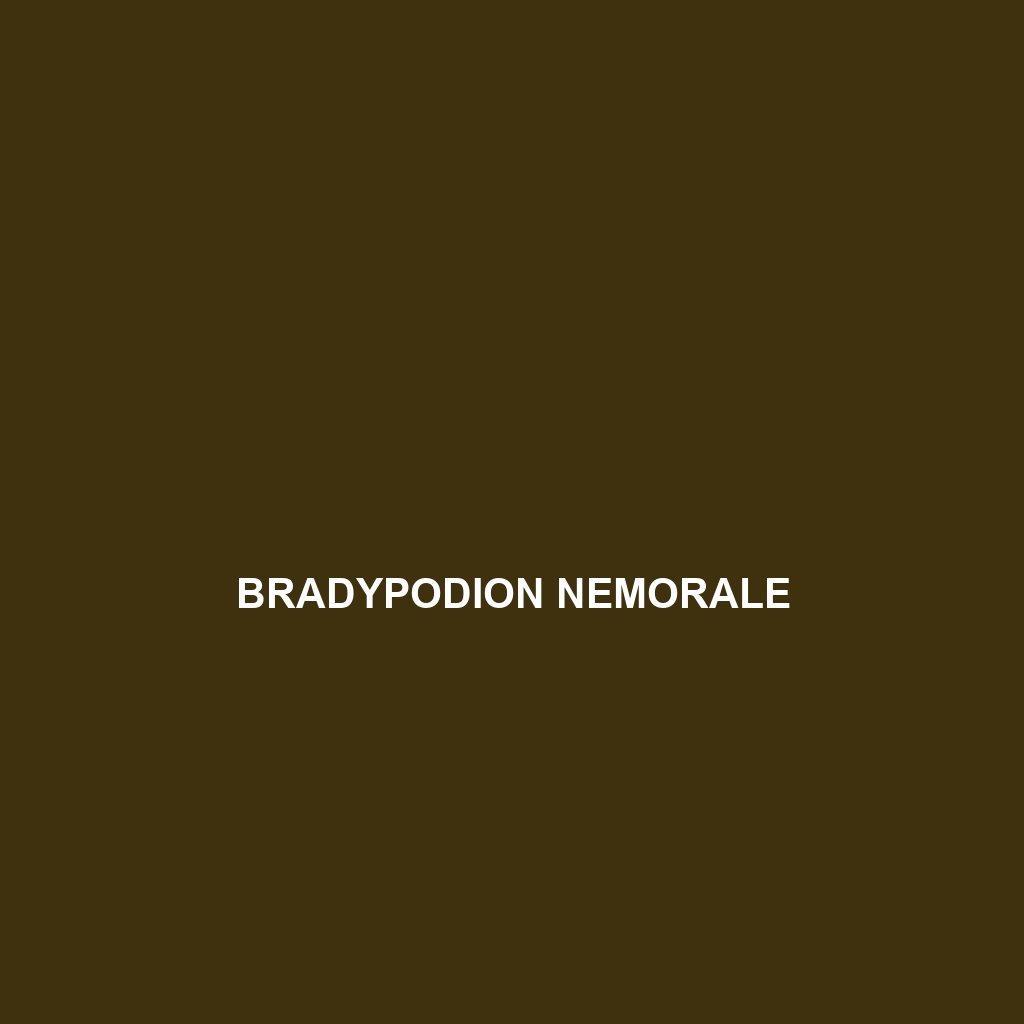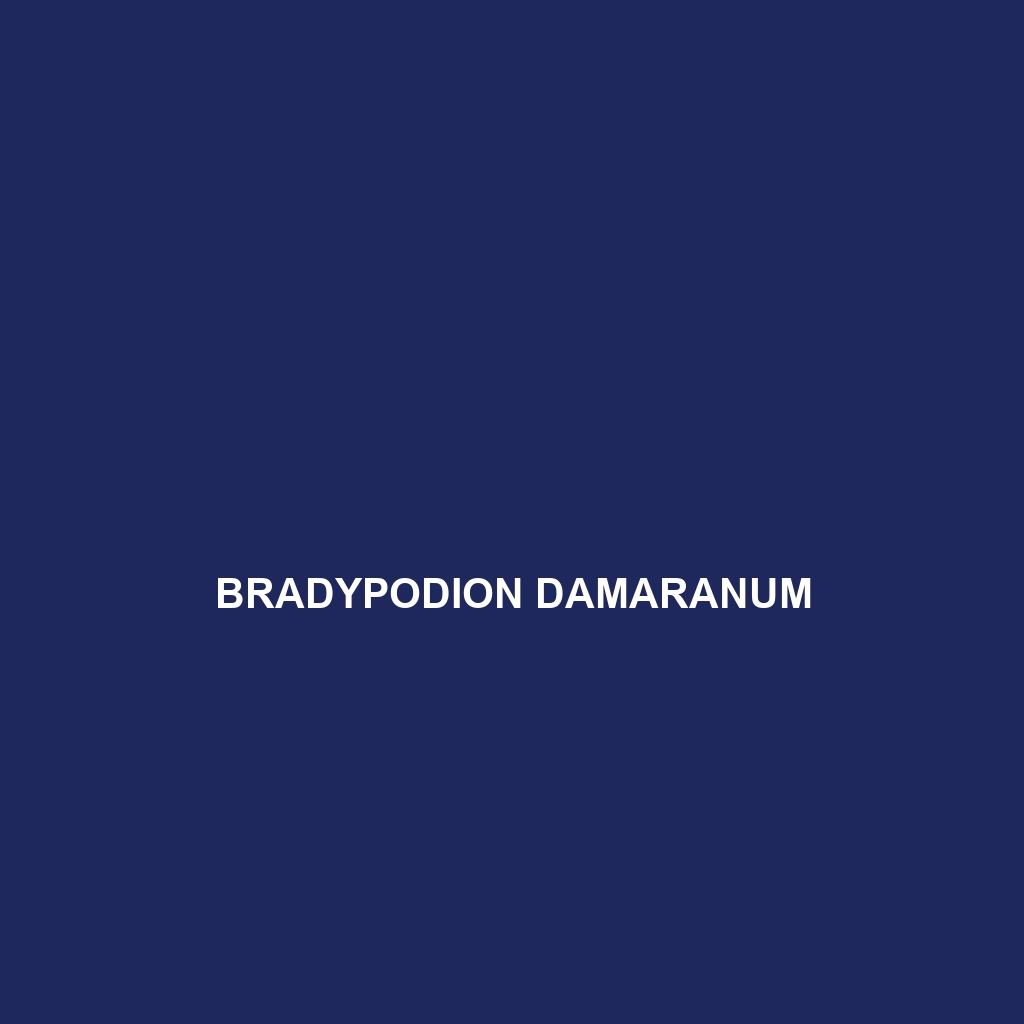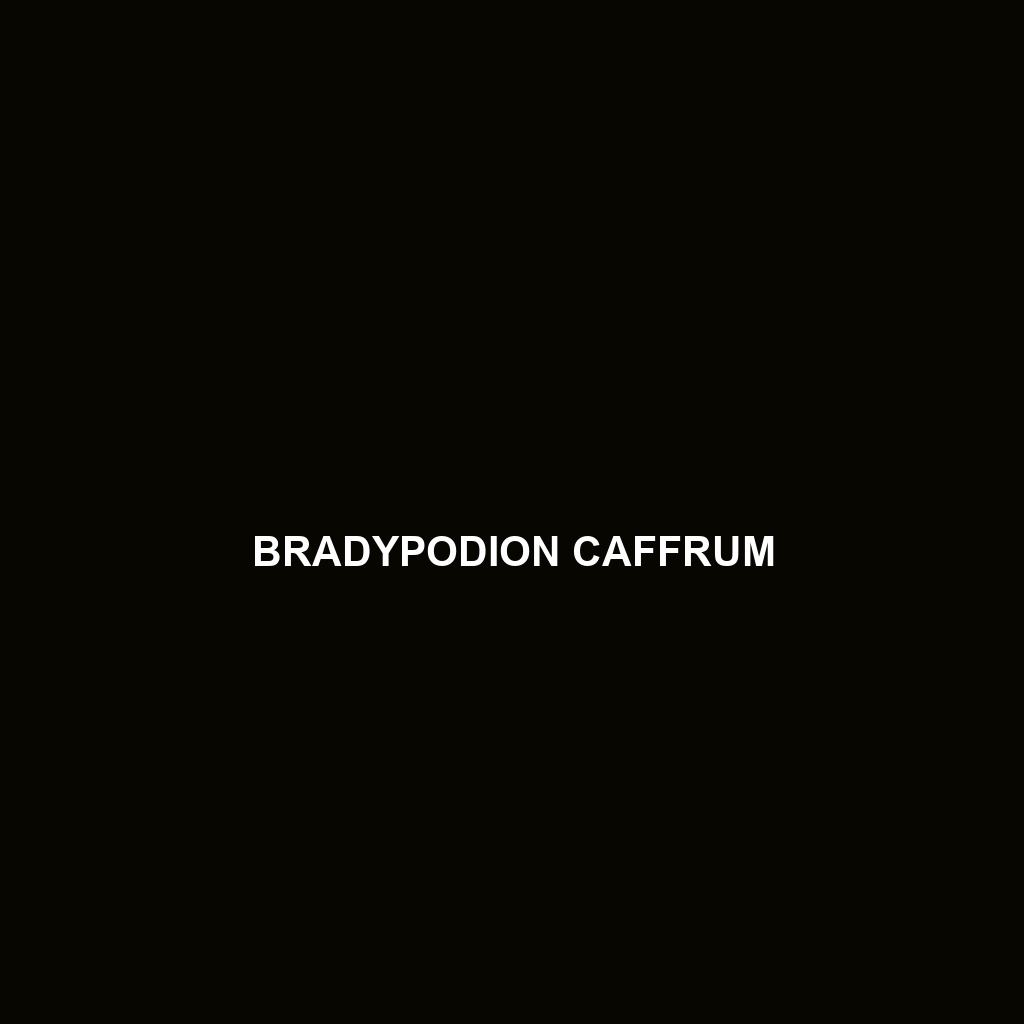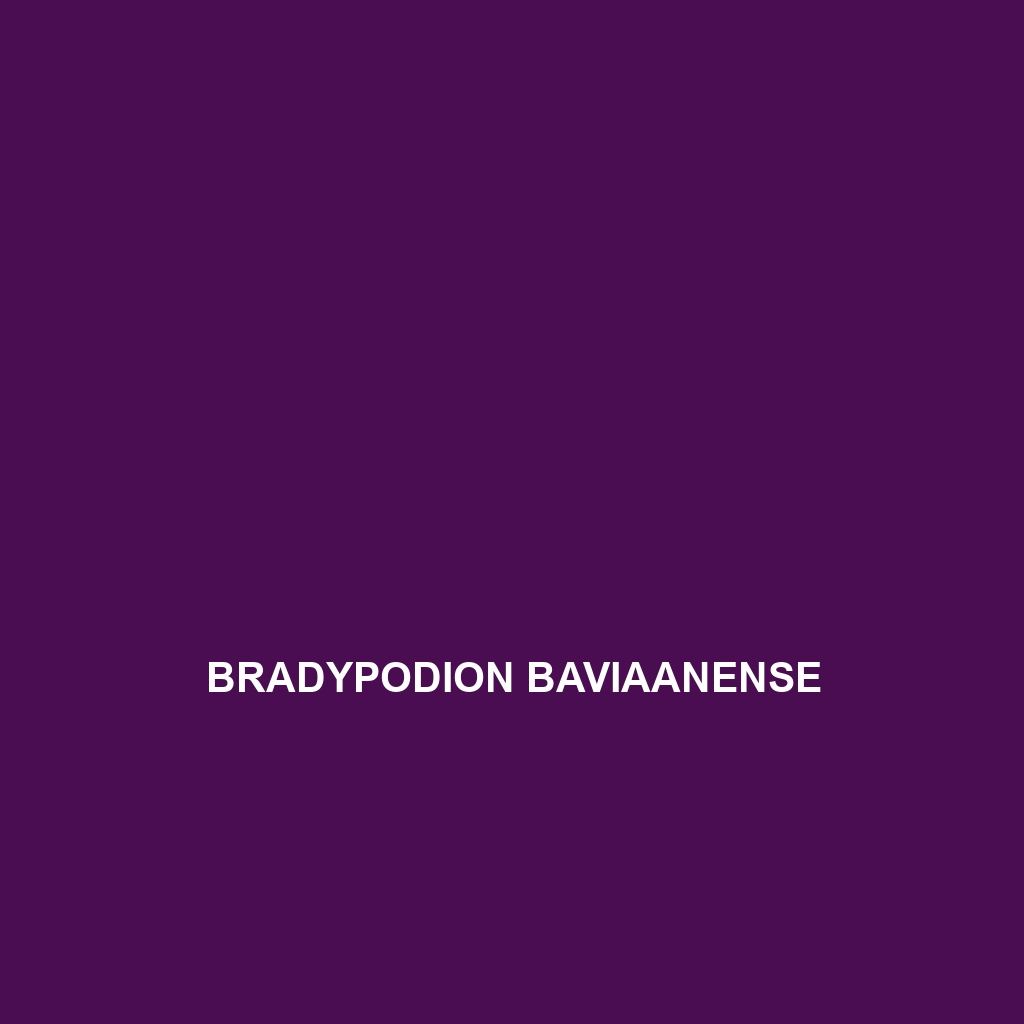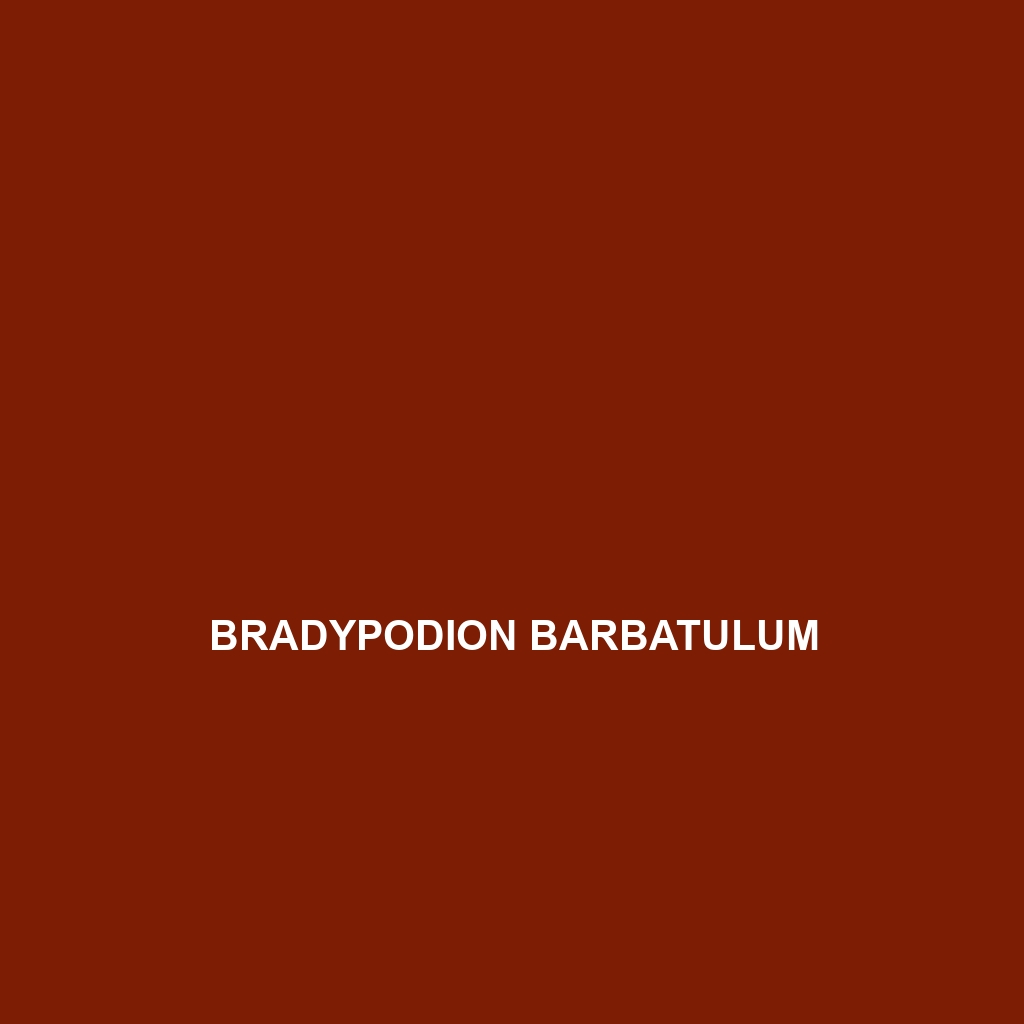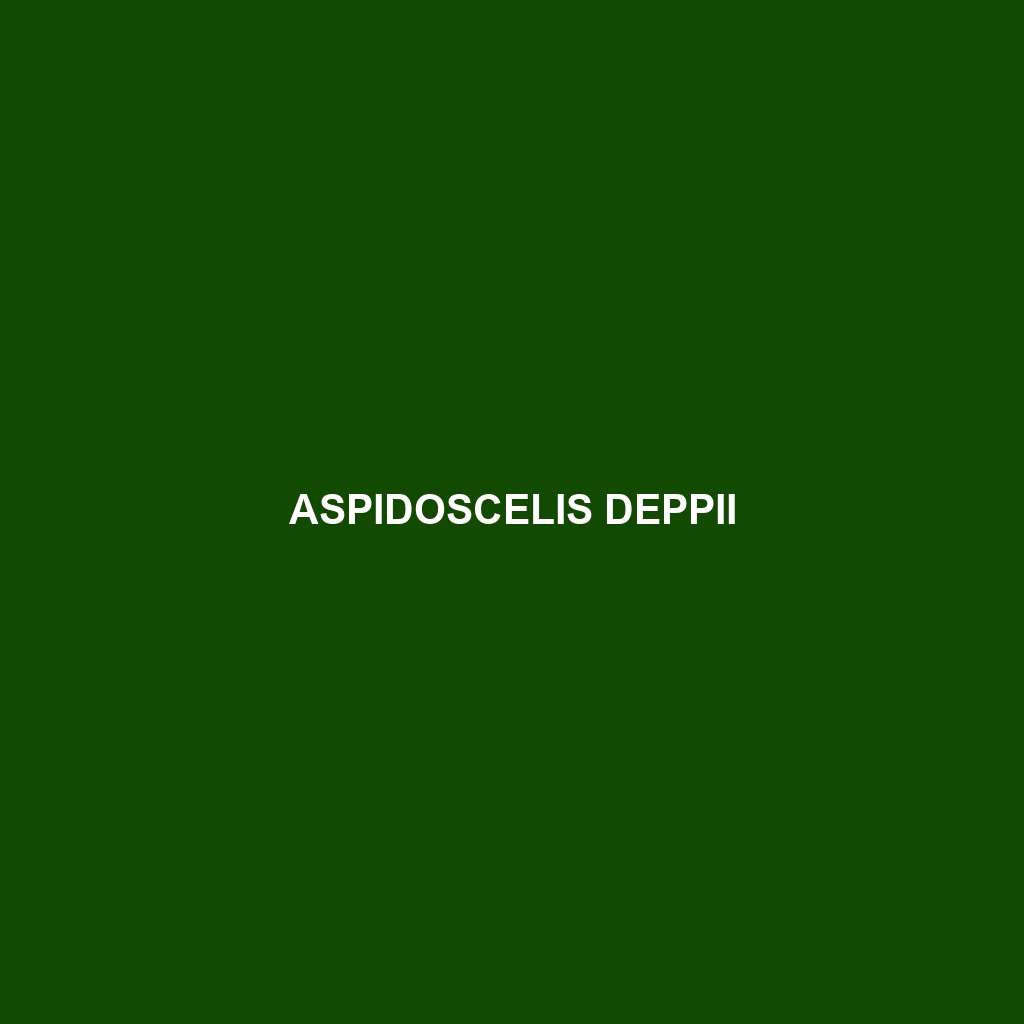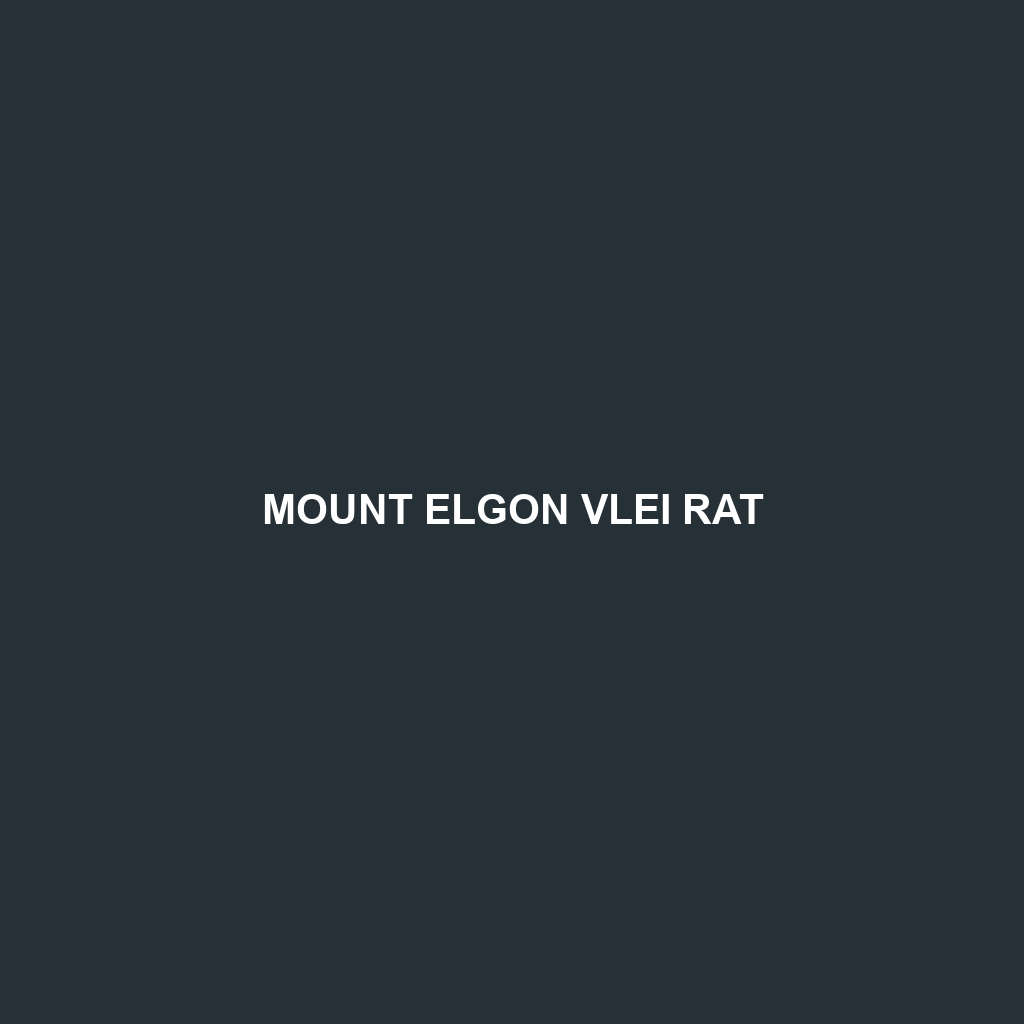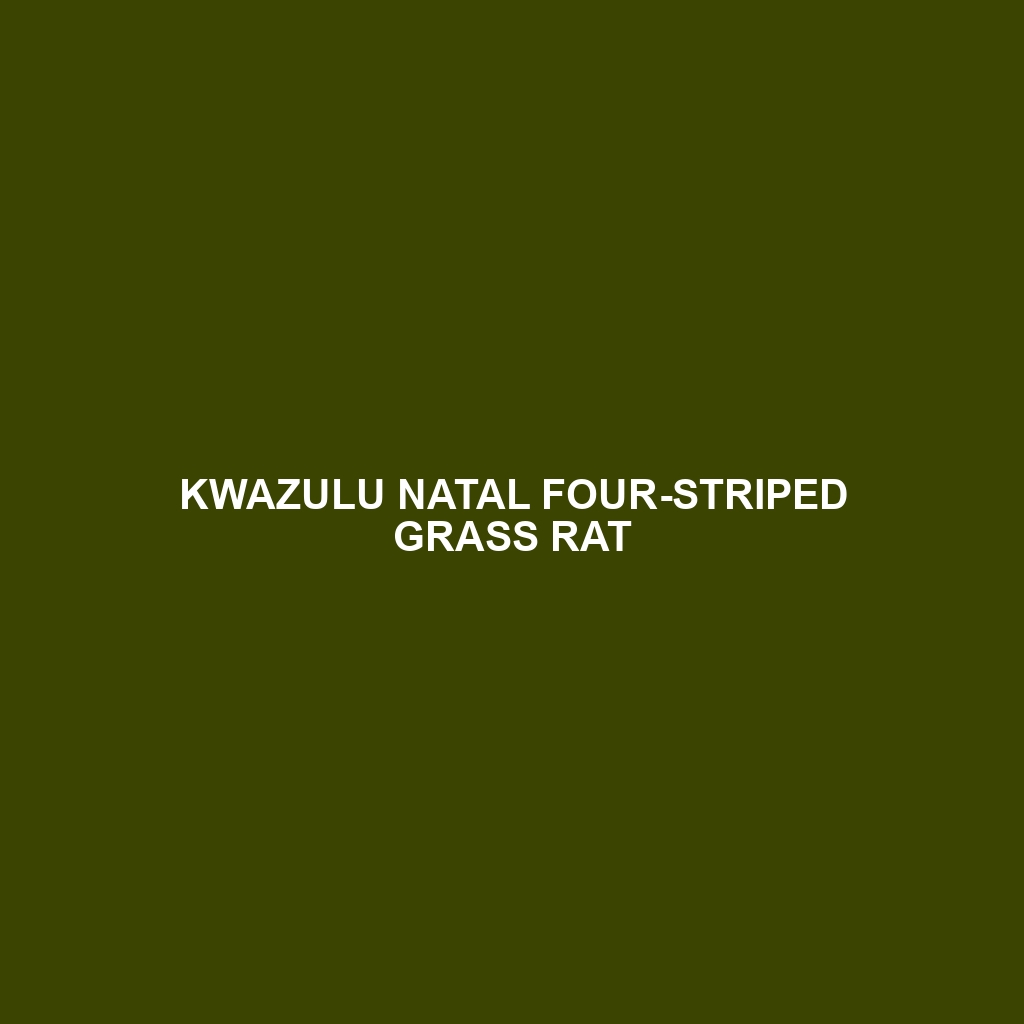Discover the unique Bradypodion occidentale, a vibrant chameleon native to South Africa's coastal forests, known for its striking green or brown coloration, arboreal lifestyle, and ability to change colors. This small, insectivorous species plays a crucial role in its ecosystem by controlling insect populations and supports local flora through pollination.
Tag: South Africa wildlife
Bradypodion nemorale
Discover the Bradypodion nemorale, or forest chameleon, a small yet captivating species native to the temperate forests of South Africa. Known for its remarkable camouflage and slow, deliberate movements, this insectivorous chameleon plays a crucial role in the ecosystem while facing threats from habitat loss.
Bradypodion ngomeense
Discover the vibrant Bradypodion ngomeense, or Ngome chameleon, a medium-sized insectivore from South Africa's subtropical forests, known for its stunning color-changing abilities, distinctive crest, and role in maintaining ecological balance. This unique species is classified as Vulnerable, highlighting the importance of conservation efforts to protect its diminishing habitat.
Bradypodion damaranum
Discover the vibrant Bradypodion damaranum, or Knysna chameleon, a stunning arboreal species from South Africa's coastal forests, known for its ability to change colors for camouflage and communication. With a unique casque, prehensile tail, and a diet primarily consisting of insects, this intriguing chameleon plays a vital role in maintaining ecological balance while facing threats from habitat loss.
Bradypodion caffrum
Discover the vibrant Bradypodion caffrum, or Cape dwarf chameleon, native to South Africa's fynbos and forest habitats. With stunning colors, unique behaviors, and a vital role in the ecosystem, this insectivorous species is both a predator and prey, showcasing remarkable adaptations like a prehensile tail and color-changing abilities.
Bradypodion baviaanense
Discover the Baviaanskloof chameleon (Bradypodion baviaanense), a vibrant and unique species found in South Africa's temperate forests, known for its ability to change color, arboreal lifestyle, and diet primarily consisting of insects. Classified as Vulnerable, this chameleon plays a vital role in its ecosystem, contributing to insect population control while facing threats from habitat loss.
Bradypodion atromontanum
Discover the unique Bradypodion atromontanum, a small chameleon measuring 15-20 cm, known for its striking color-changing abilities and distinct horn-like casque, thriving in South Africa's montane forests and grasslands. This vulnerable species is crucial for maintaining insect populations and serves as an indicator of ecological health in its habitat.
Aspidelaps scutatus
Experience the unique Aspidelaps scutatus, commonly known as the Scarab Snake, a slender, strikingly patterned reptile native to southern Africa's grasslands and savannas, known for its agility, distinctive yellow or cream body with black markings, and its role in controlling local prey populations. This species showcases fascinating behaviors, including tail vibrations to mimic rattlesnakes, and reproductive habits that result in independent hatchlings.
Fynbos Vlei Rat
Discover the fascinating Fynbos Vlei Rat, a medium-sized rodent native to South Africa's diverse fynbos biome. With its distinctive features, nocturnal habits, and essential role in seed dispersal, this species not only supports its habitat's ecology but also faces significant conservation challenges due to habitat loss. Join us as we explore its unique lifestyle, diet, and the vital importance of protecting this remarkable creature.
KwaZulu Natal Four-striped Grass Rat
Discover the fascinating world of the KwaZulu Natal Four-striped Grass Rat, a herbivorous rodent native to the lush wetlands of eastern South Africa. With its distinctive striped fur and impressive burrowing skills, this nocturnal creature plays a vital role in its ecosystem through seed dispersal and acting as a prey species. However, this unique species faces threats from habitat loss, making conservation efforts crucial to its survival.

